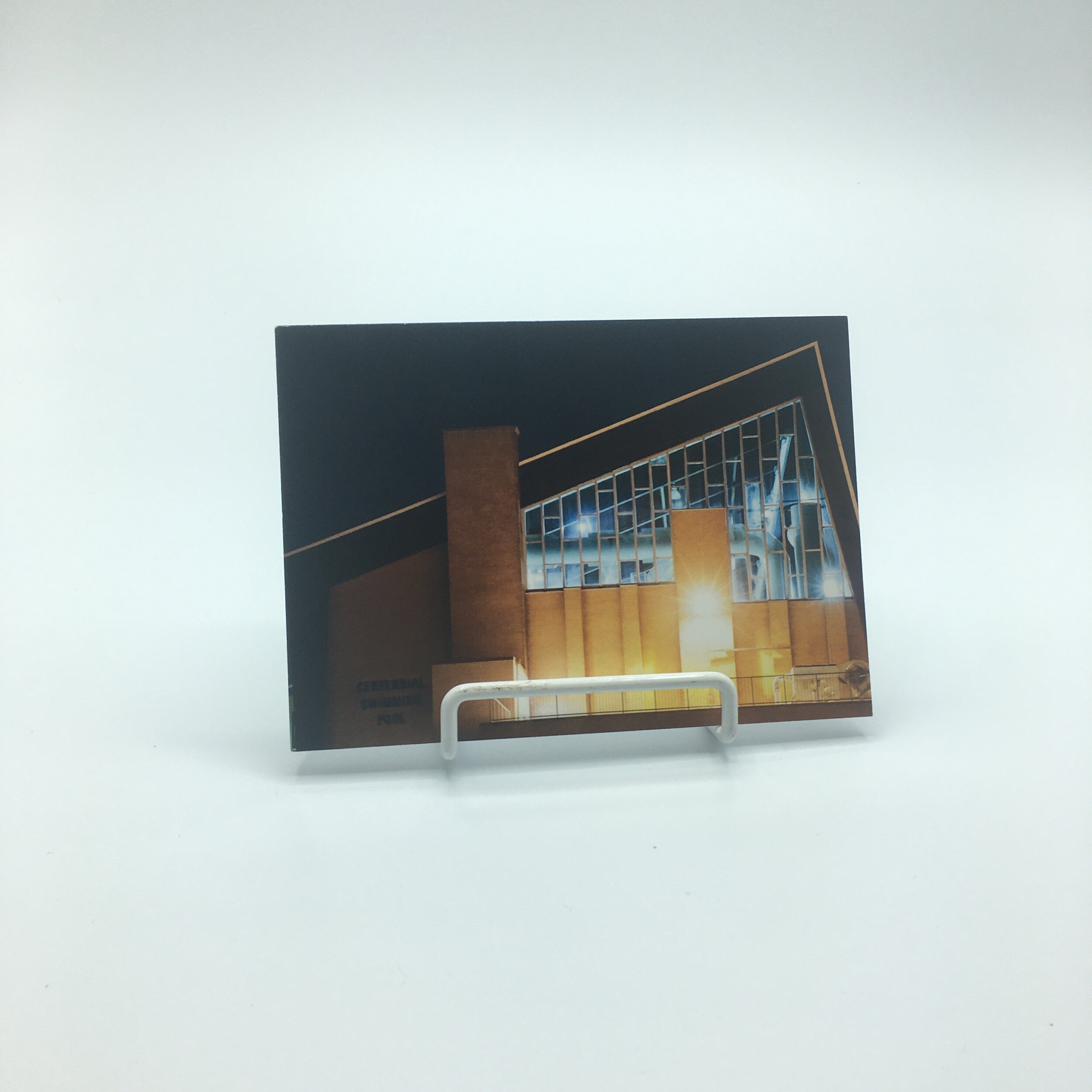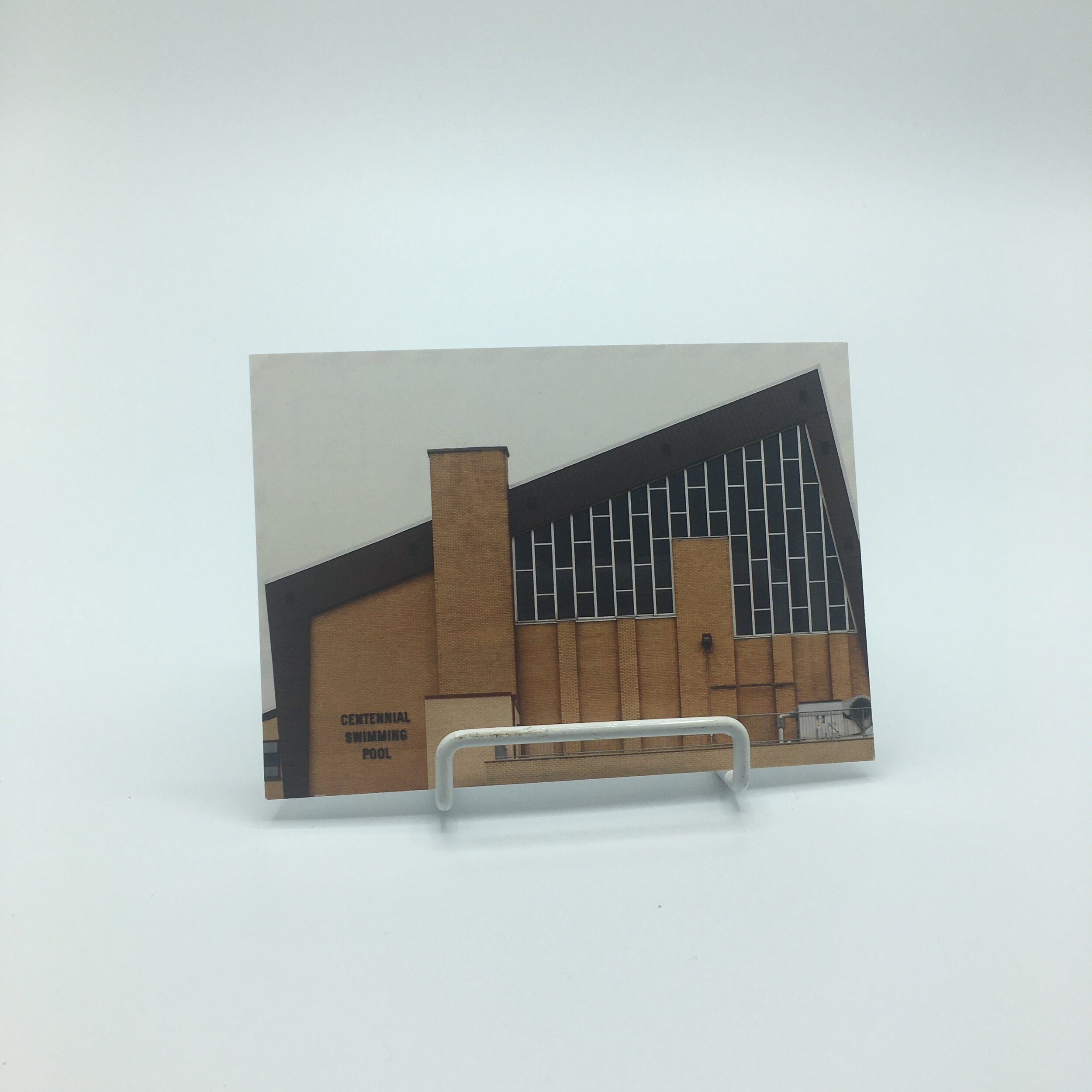OBJECT HISTORIES
EYELEVEL’S BIANNUAL PRINTED MATTER & MULTIPLES MEMBER’S SHOW
OBJECT HISTORIES is a decentralized exhibition of printed-matter and multiples taking place online and at three locations across Nova Scotia.
Curated by Sophia Dime
Featuring work by: Ada Denil, Alice MacLean, Amin Rehman, Arjun Lal, Brent Cleveland, Camila Salcedo, Clayton Windatt, David Clark, Elizabeth Whalley, Emily Davidson, Emma Allain, Emma Bass, Femme Art Review, Gabrielle Gallant, Jeanna Penn, Jennifer MacLatchy, Kiki Mufassa Mononoké, Krista Grunsky, Laurel Rennie, Liz Lore, Lou Shepphard, Michael Eddy, Phillip Hare, Rachel Anzalone, Rachel Reeve, Shelby Edwards, Sofia Alarcon, Terry Drahos, Undine Foulds
Eyelevel Artist Run Centre
2177 Gottingen Street, Halifax NS
Ross Creek Centre for the Arts
555 Ross Creek Road, Canning NS
ArtsPLACE Gallery
396 St George Street, Annapolis Royal NS
Curatorial Statement
For the ninth rendition of Eyelevel’s biannual printed matter exhibition (formerly known as the Eyelevel Reshelving Initiative - ERI), we want participants to consider the culture of material objects. Cultures are understood largely in relation to material objects, that is, we often tend to display a culture through its artifacts. Bill Brown defines object culture as something that is both material and symbolic. Object culture encompasses objects through which a culture constitutes itself, as well as objects in terms of their physical and material embodiment of culture. Objects mediate our sense of ourselves and others, meaning that our property distinguishes us from others in the ways that they mediate human interactions through the principles of exchange and possession. Moreover, objects house histories that are material, economic, and symbolic. These histories include those of production, exchange, use, appeal, unease, and desire. These multiple histories lay congealed in an object and contribute to how we assign value. OBJECT HISTORIES intends to compel participants to pose the question, what is the primacy of material culture and how does this influence our understanding of culture as a whole?
Through OBJECT HISTORIES, participants are encouraged to consider these object histories and question how we interact with them. Object histories are particularly relevant in this day and age given the dramatic increase in and revitalization of used economies. This newfound interest in buying vintage is driven partially by environmental concern. The desire to repurpose and reuse stems from an urge to resist the endless cycle of mass production that is so damaging to our planet. There is also something compelling about an object that has had a past life, it speaks to a kind of a permanence and stability in a world that is so fixated on arbitrary progress and adaptation. Hannah Arendt writes, “Nowhere else [does the] thing-world reveal itself so spectacularly as the non-mortal home for mortal beings. It is as though worldly stability had become transparent in the permanence of art” (Brown 191).
Likewise, objects have social lives. This principle is often applied to commodities based on principles of exchange. However, we can extend this theory beyond commodities and an object’s use value in terms of keepsakes and heirlooms. These objects possess an inherent wealth that transcends the material and capitalist conventions of value. That is to say, objects are not bound to their physical form, but rather they store emotional, cultural, and even spiritual significance. Objects are not random, on the contrary, they ground us, our beliefs, and our experiences of the world.
However, objects are not simply by-products of culture, but they in turn hold the potential to and have created and determined the course of a society. Consequently, we have to challenge the way in which we assign significance to objects and how these acts in turn materialize dominant ideologies. We must implicate value and the biases of the dominant culture that have accounted for how value has been assigned. Therefore, object histories cannot be fully understood without considering the preoccupations of the dominant culture, and similarly, the history of thought must be considered in relation to material conditions.
Hence, we are encouraging participants to think historically about the future through the lens of material culture and to problematize value by considering the intimate histories of objects. To explore the interconnections between use, exchange, sentimental, and cultural value, participants are encouraged to politicize and upend value structures and explore themes that include permanence and temporality, individualized histories of objects, ownership, share and circulated objects, keepsakes, family heirlooms, and memorabilia. Moreover, we want to explore how these themes and discussions can spark connectivity beyond Halifax by extending this show to rural galleries in Nova Scotia. This also give us the opportunity to question the way art has thrived and been given greater attention in metropolitan areas, and to draw attention to the radical work that is being created in rural areas as well.
-Sophia Dime, Eyelevel Curatorial Resident; Object Histories Curator
Works Cited
Brown, Bill. “Objects, Others, and Us (The Refrabrication of Things)”. Critical Inquiry, vol. 36, no.2, 2010, pp. 183-217.
About the Curator:
Sophia Dime (they/them) is a curator who recently graduated from the University of King's College with a BA in Contemporary Studies and English, and a certificate in Art History. Last summer, Sophia worked as Eyelevel's summer Program Assistant and is thrilled to return to Halifax to curate OBJECT HISTORIES. They are interested in 2SLGBTQ+ theory, particularly in relation to the ways in which the queer contemporary artists reimagine histories of oppression and erasure. They firmly believe that art is a vital facet of community care and of transcribing a public memory.





























































































